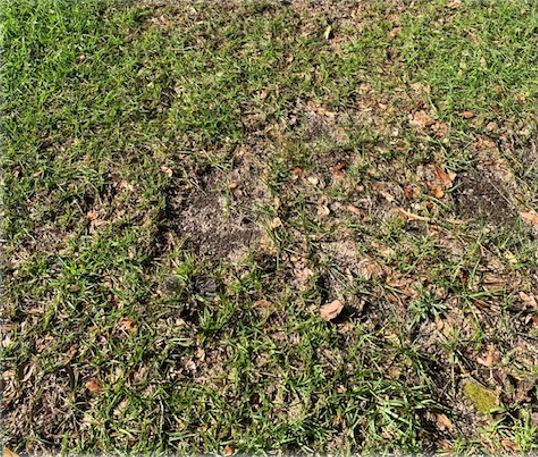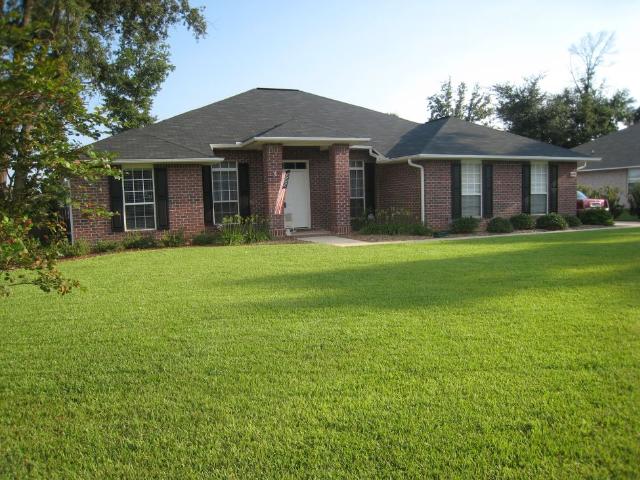I remember going into a neighborhood to diagnose a lawn problem in Crestview during spring a number of years ago. The centipedegrass lawn was in a state of decline. This was the front yard of the original model home for the neighborhood. The original owner sold the house and moved. The new owner, not familiar with North Florida lawns, was dissatisfied with the condition of his front yard.
All of the residents in this neighborhood were new to Florida.
At the time of my visit, the neighborhood was approximately ten-years-old. The original owner of the home was new to Florida, as well. He had only lived in the home for about two years before selling the house and moving to another state.
The original homeowner purchased the model home when the neighborhood was new and became the neighborhood lawn guru.
Imagine this situation… the entire neighborhood was new, everyone living in the neighborhood was new to Florida, not having a clue how to correctly maintain their new centipedegrass lawns.

A sure way to kill a centipedegrass lawn is to be a little heavy handed with nitrogen. The natural color of a healthy centipedegrass lawn is light green, almost a crabapple green. The original homeowner was fertilizing his lawn as if it were a bermudagrass or fescuegrass lawn. Centipedegrass will not put up with this. As a result of “overdosing” his lawn with nitrogen, the lawn took on an unnatural dark green color. Short-term (two to three years), centipedegrass will appear to respond nicely to too much nitrogen. But after several years, irregular areas within a centipedegrass lawn will turn bright yellow in spring, followed by turning brown and dying back to bare ground as a result of too much nitrogen. The condition is called centipedegrass decline.

I heard a minister ask the question, “Does the person you’re following know where he is going?” This was in reference to a parable found in the Bible in Matthew 15:14 where Jesus stated, “If the blind lead the blind, both will fall into a ditch.” This expression has many implications but basically is a caution about the dangers of following a leader who is clueless.
Unfortunately, this self-appointed lawn guru was clueless as to how to correctly manage a centipedegrass lawn. A few years following his overdoing it with fertilizer and then moving, his former lawn began to die in patches, progressively followed by other neighborhood lawns doing the same, almost like a domino effect. Who you choose to follow is important.
Reliable lawn care advice is available from the UF/IFAS Extension Office in your county or online at: https://hort.ifas.ufl.edu/yourfloridalawn.
- Nuisance Gnats abound in Northwest Florida this spring - June 26, 2025
- Watering to Establish a New Lawn - May 15, 2025
- Sweet Onion and Strawberry Success, a Matter of Variety and Timing - April 10, 2025
